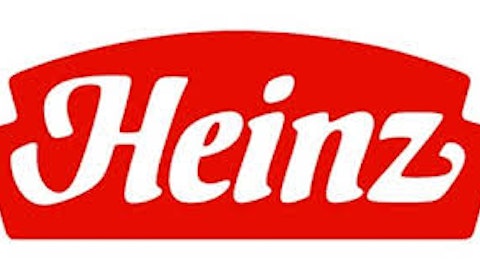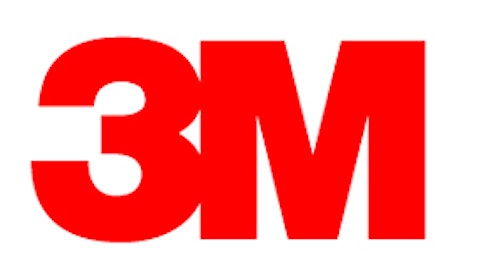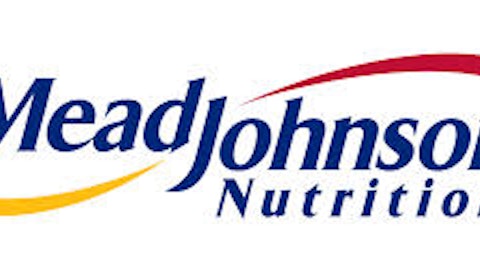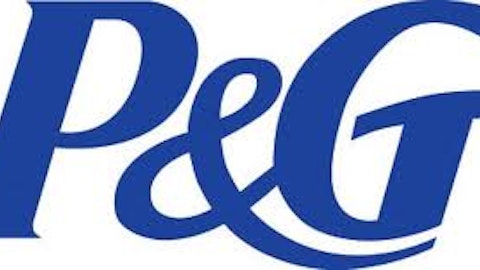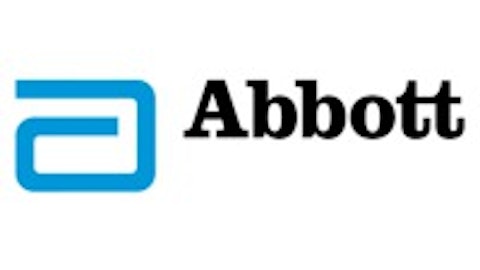When you look at blue chip companies, there are several names that spring to mind. Companies like The Coca-Cola Company (NYSE:KO), McDonald’s Corporation (NYSE:MCD), and General Electric Company (NYSE:GE) are obvious examples. Peter Lynch used to say he liked to keep some of these companies in his portfolio at all times. He knew that over time the shares would do well, and they provided some protection from downturns in the market. There are two companies that set the standard when it comes to longevity and dividends, Colgate-Palmolive Company (NYSE:CL) and The Procter & Gamble Company (NYSE:PG). Both of these companies have been paying dividends for decades, and both have raised their dividends for around 50 years straight. Investors looking to find the best blue chip could hardly go wrong starting with these two.

The best part about companies like Colgate-Palmolive is, the fact that their business consists of products that have to be constantly purchased. Whether a customer runs out of toothpaste or dish detergent, these purchases are frequent and predictable. Colgate-Palmolive’s industry is populated with companies like the aforementioned Procter & Gamble, as well as Unilever plc (ADR) (NYSE:UL), and The Clorox Company (NYSE:CLX). Unilever is home to such iconic brands as Dove, Vaseline, and others. Clorox is synonymous with bleach, and has expanded their product lineup into the personal care area with Burt’s Bees. With all of these companies fighting for brand recognition, and the world as their marketplace, they have massive opportunities.
There are two similarities among these companies. They each pay a dividend, and they all tend to be relatively low beta stocks. A stock with a low beta means that the shares aren’t as volatile as the overall market. Since each company pays a yield of at least 2.3%, investors are being rewarded with current income that beats many fixed income instruments as well.
3 Ways Colgate-Palmolive Is The Best
All of Colgate-Palmolive’s competitors have great brands, and their stocks could be attractive. However, many investors will choose only one to add to their portfolio. There are at least three different measures that suggest Colgate-Palmolive could be the best blue chip.
First, Colgate-Palmolive has the highest gross margin of the group. If you are looking for a company to invest in over the long-term, a company with a high gross margin is the way to go. This means the company either has pricing power, is more efficient, or both. Colgate-Palmolive reported a gross margin of 58.4% in the current quarter, which was up from 57.4% last year. Procter & Gamble comes in second with a gross margin of 50.94%, and Unilever and Clorox aren’t in the same league, with margins of just over 42% each.
A high gross margin is nice, but what’s even better is a company with good earnings growth. Colgate-Palmolive is expected to grow earnings faster than their competition, with analysts calling for 10.2% EPS growth over the next few years. By comparison, Clorox and Procter & Gamble are expected to grow at 8.5% and 8.03% respectively. Unilever has a lot of catching up to do, as analysts are calling for just 5.4% growth. Colgate-Palmolive’s management confirmed this growth rate, as they said to expect, “double-digit” earnings growth in 2013.
Last but not least, Colgate-Palmolive has the lowest free cash flow payout ratio of the group. Since these companies are widely bought for their dividend income, the safety of the dividend is of particular importance. In the current quarter, Colgate-Palmolive’s free cash flow payout ratio was 48.54%. Procter & Gamble came very close to this measure at 51.23%. Unilever is further from the mark at 68.29%, and Clorox reported a payout ratio of 121.74%, by far the highest of the group.
What About Yield, Doesn’t That Matter?
Some investors see Colgate-Palmolive’s 2.3% yield, and are not impressed compared to the competition. However, yield isn’t everything. For instance, Unilever has the highest yield at 3.26%, but the lowest growth rate, lowest margin, and second highest free cash flow payout ratio. In theory, it would take Unilever ramping up their growth rate, and improving their gross margin for the company to produce growth and cash flow like Colgate-Palmolive. Though the current yield is higher, over time, it’s likely that Colgate-Palmolive’s yield will grow faster.
While Clorox and Procter & Gamble have yields of 3.16% and 2.94% respectively, their payout ratios are higher than Colgate-Palmolive. Clorox and Procter & Gamble also are not expected to grow as fast. Clorox has the additional handicap of carrying the second lowest gross margin. The bottom line is, Colgate-Palmolive has multiple class leading traits, and the fastest growth rate to boot. If investors want the best blue chip for the long run, Colgate-Palmolive could be that stock.
The article The Best Blue Chip? originally appeared on Fool.com and is written by Chad Henage.
Copyright © 1995 – 2013 The Motley Fool, LLC. All rights reserved. The Motley Fool has a disclosure policy.

